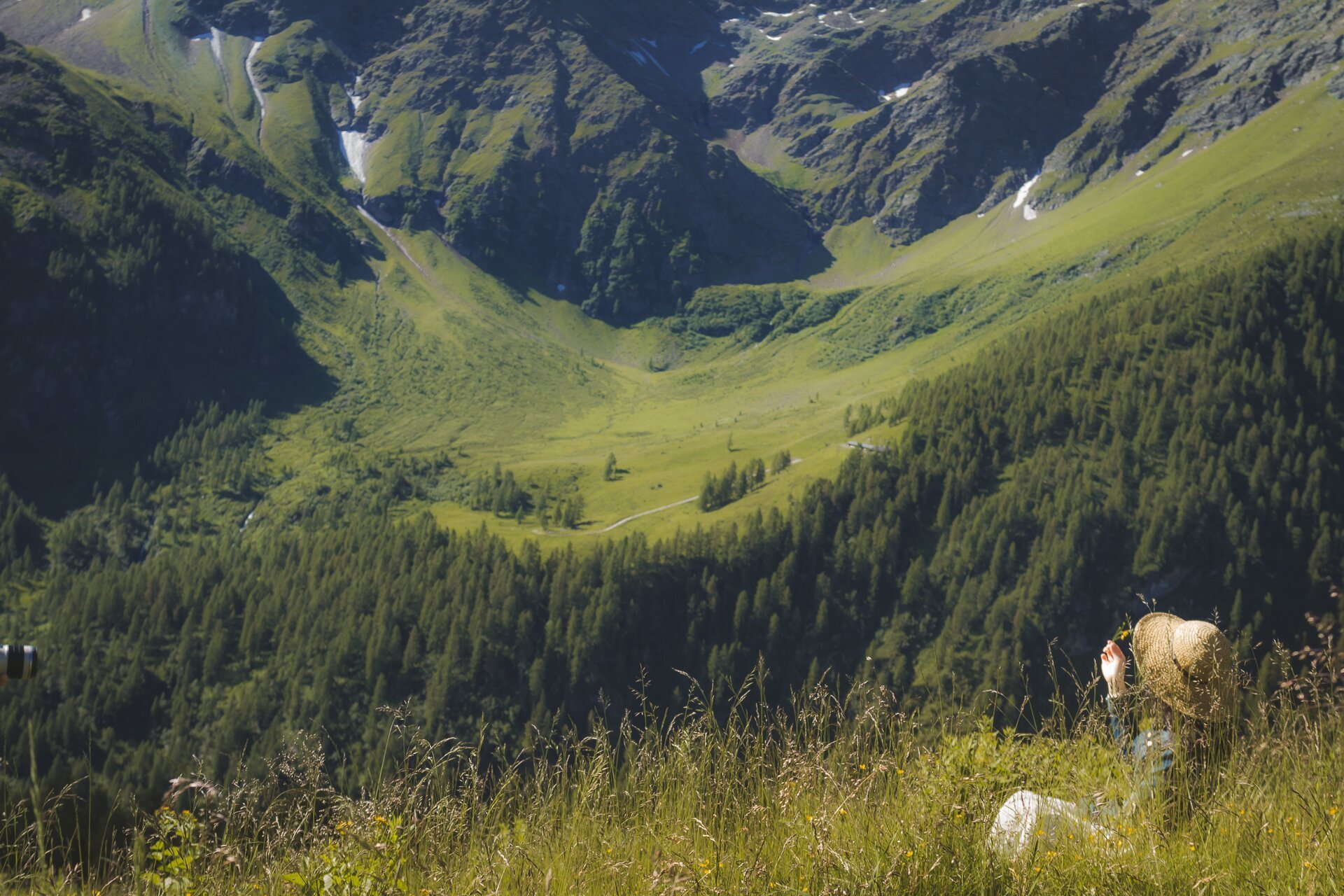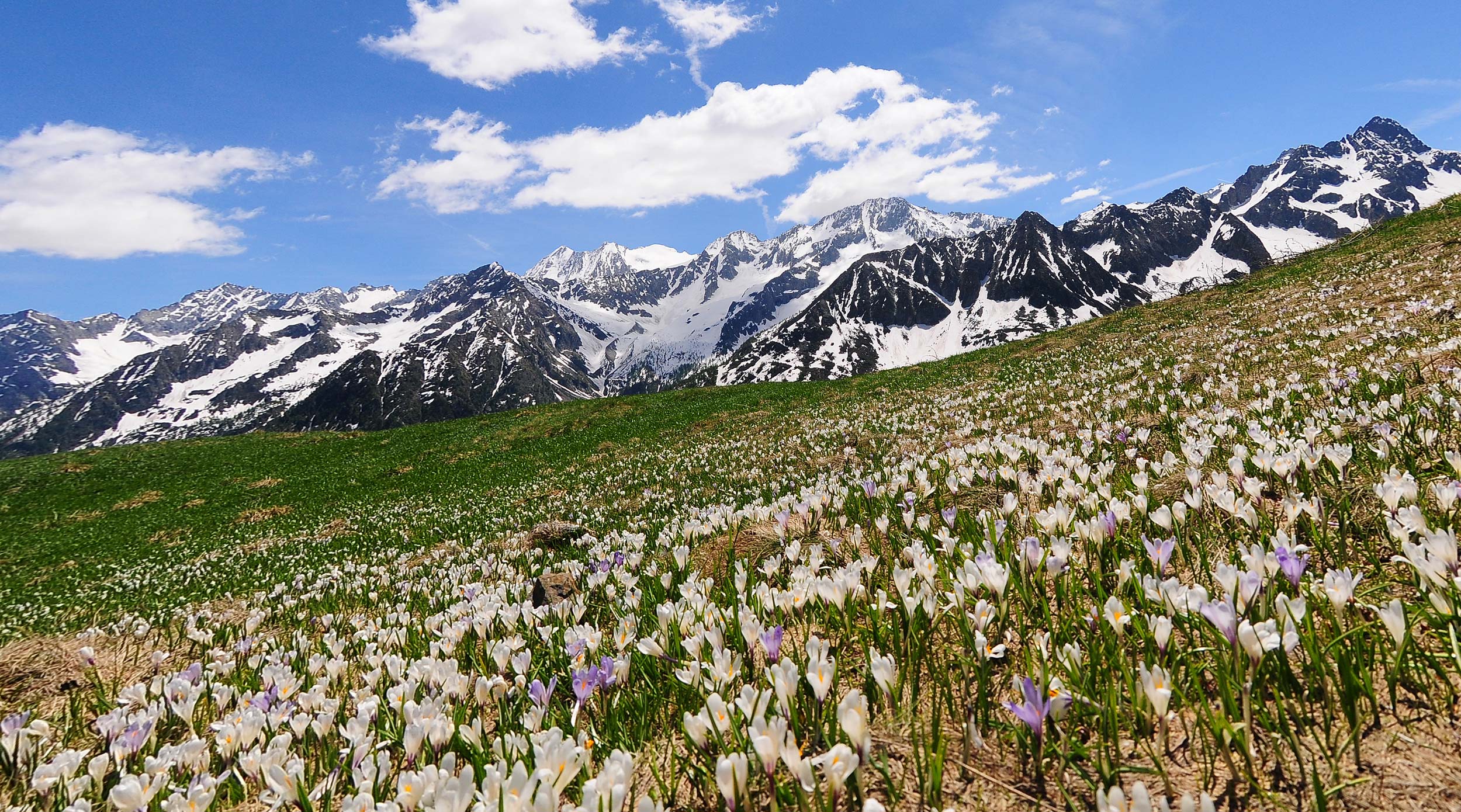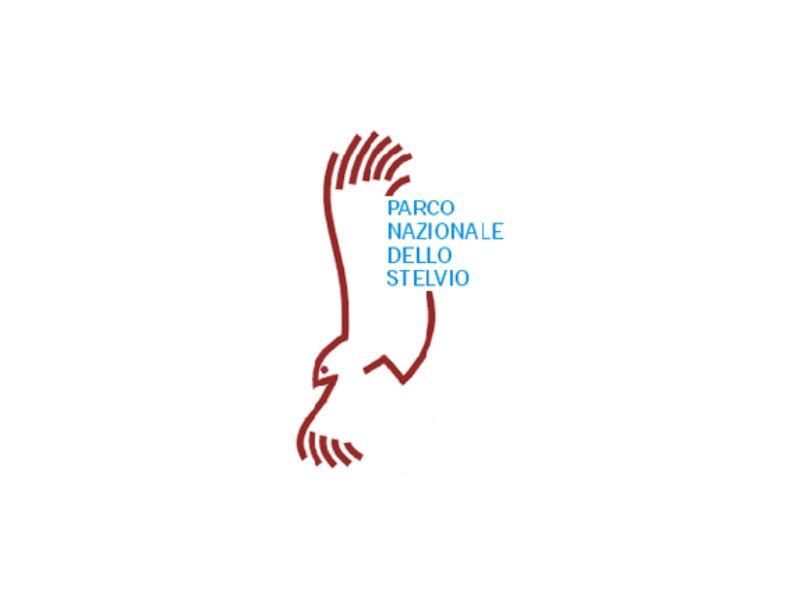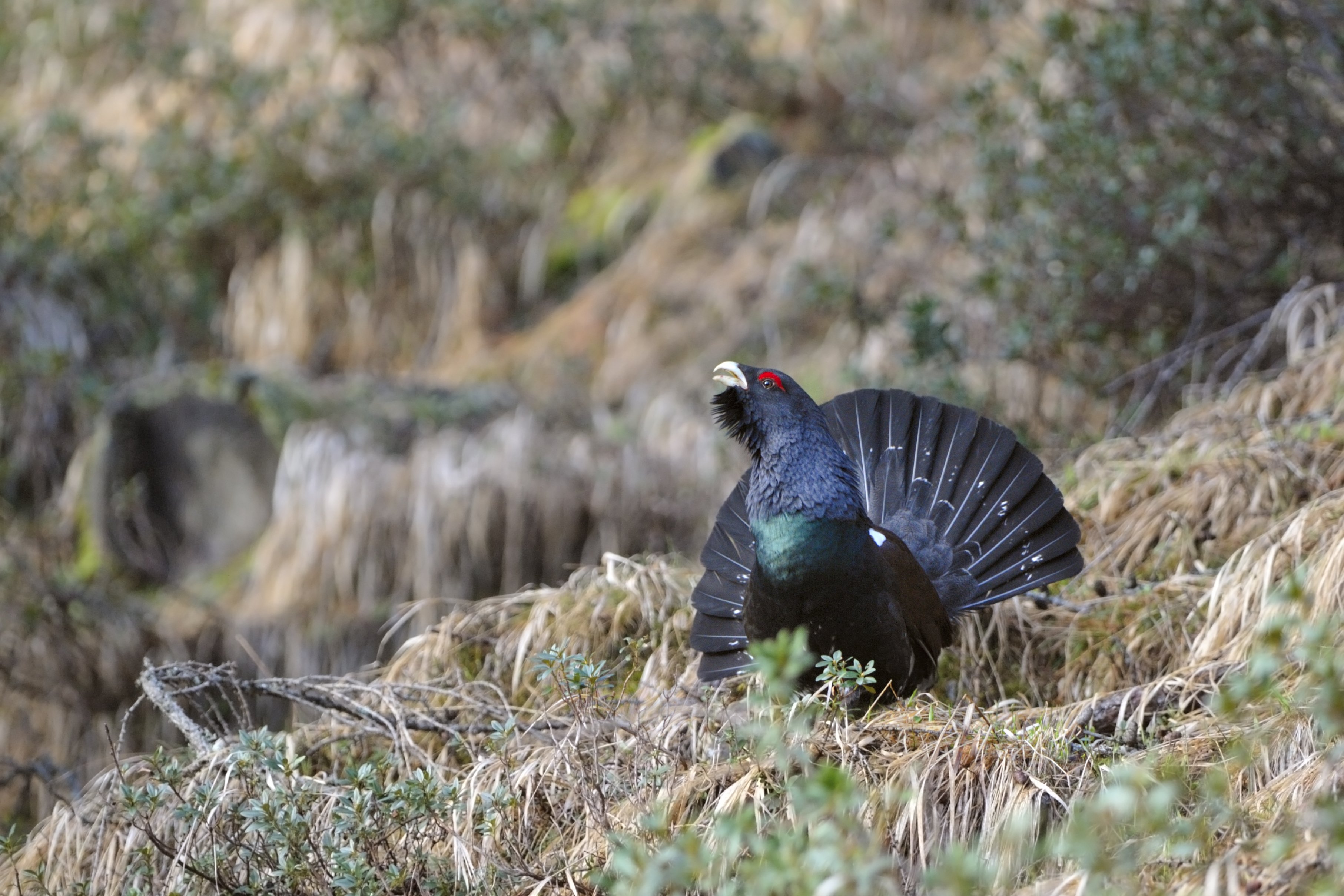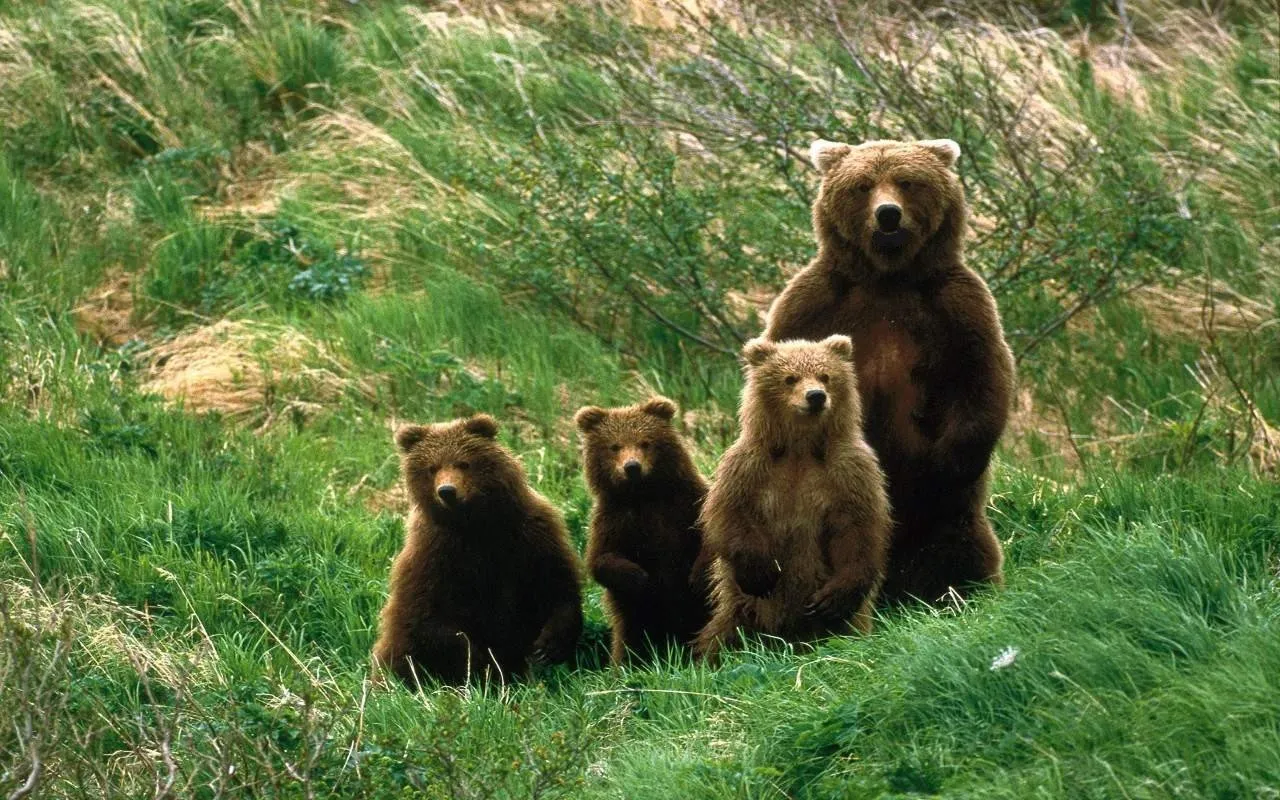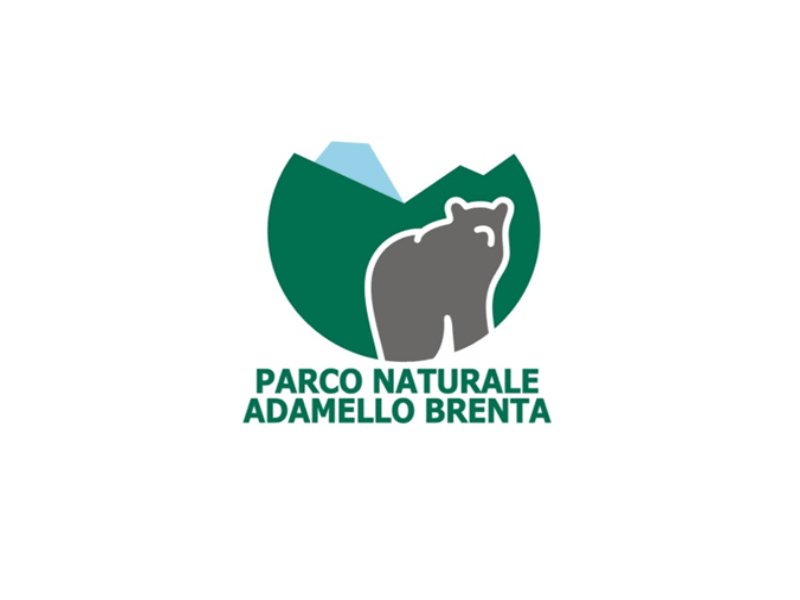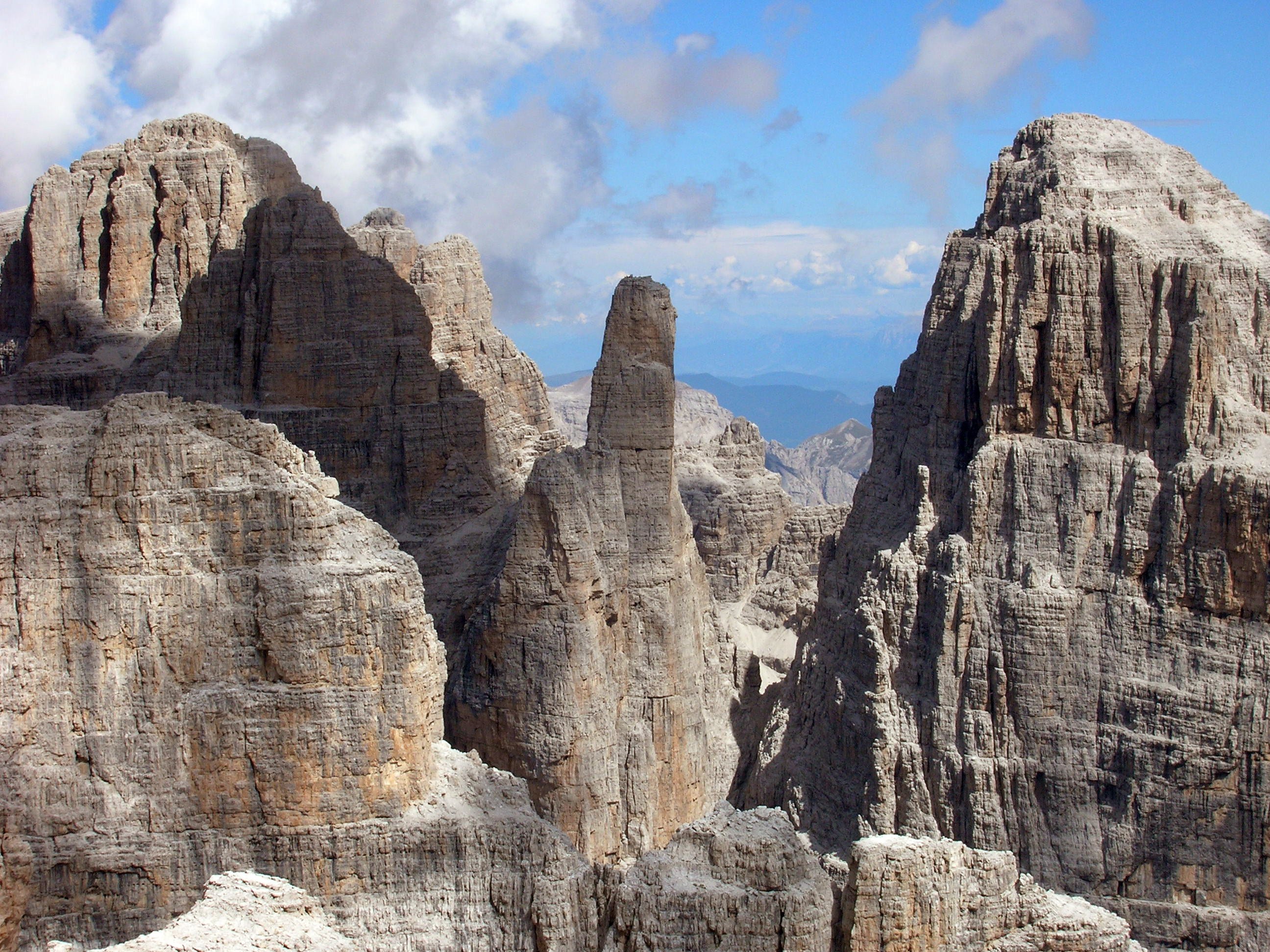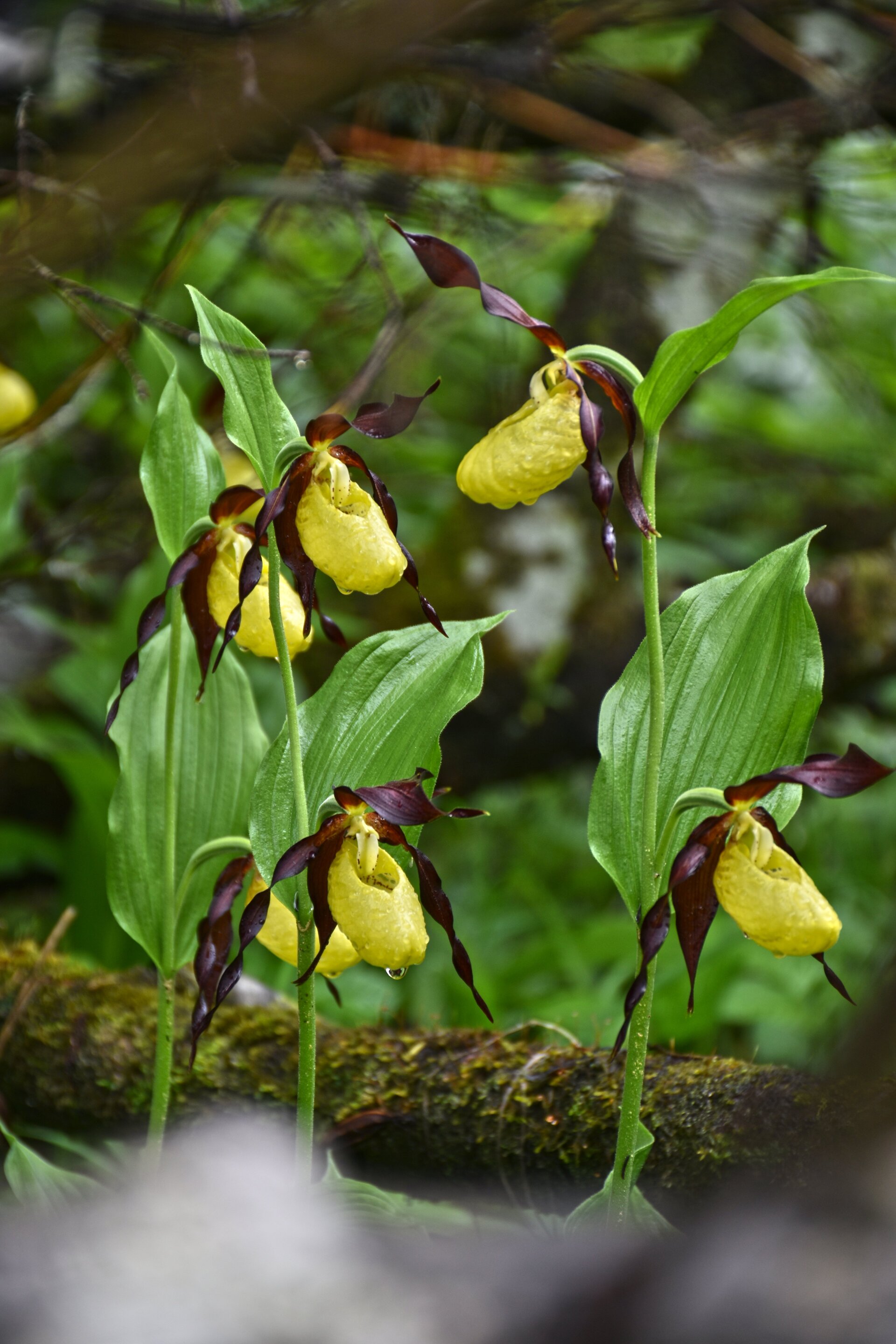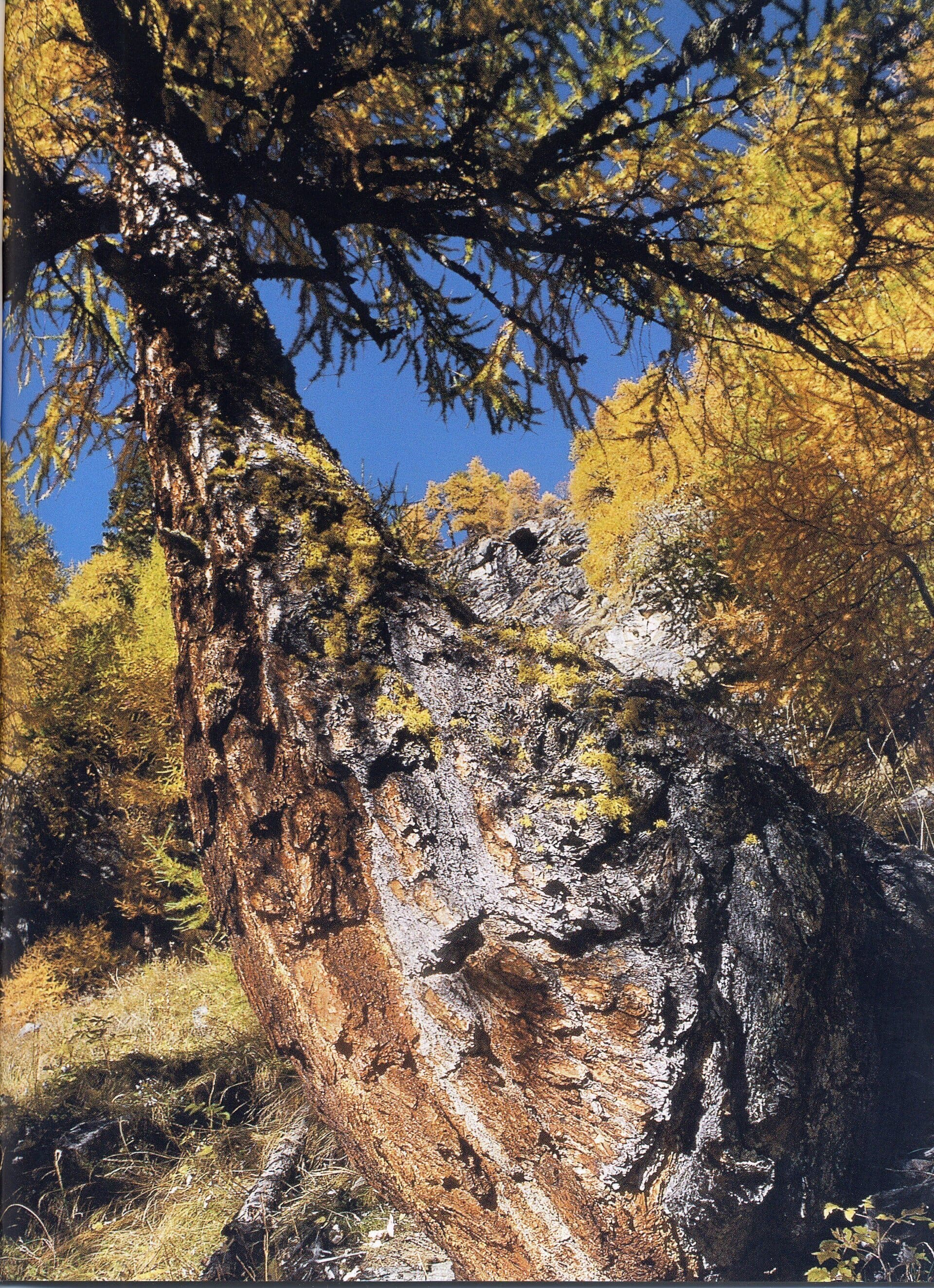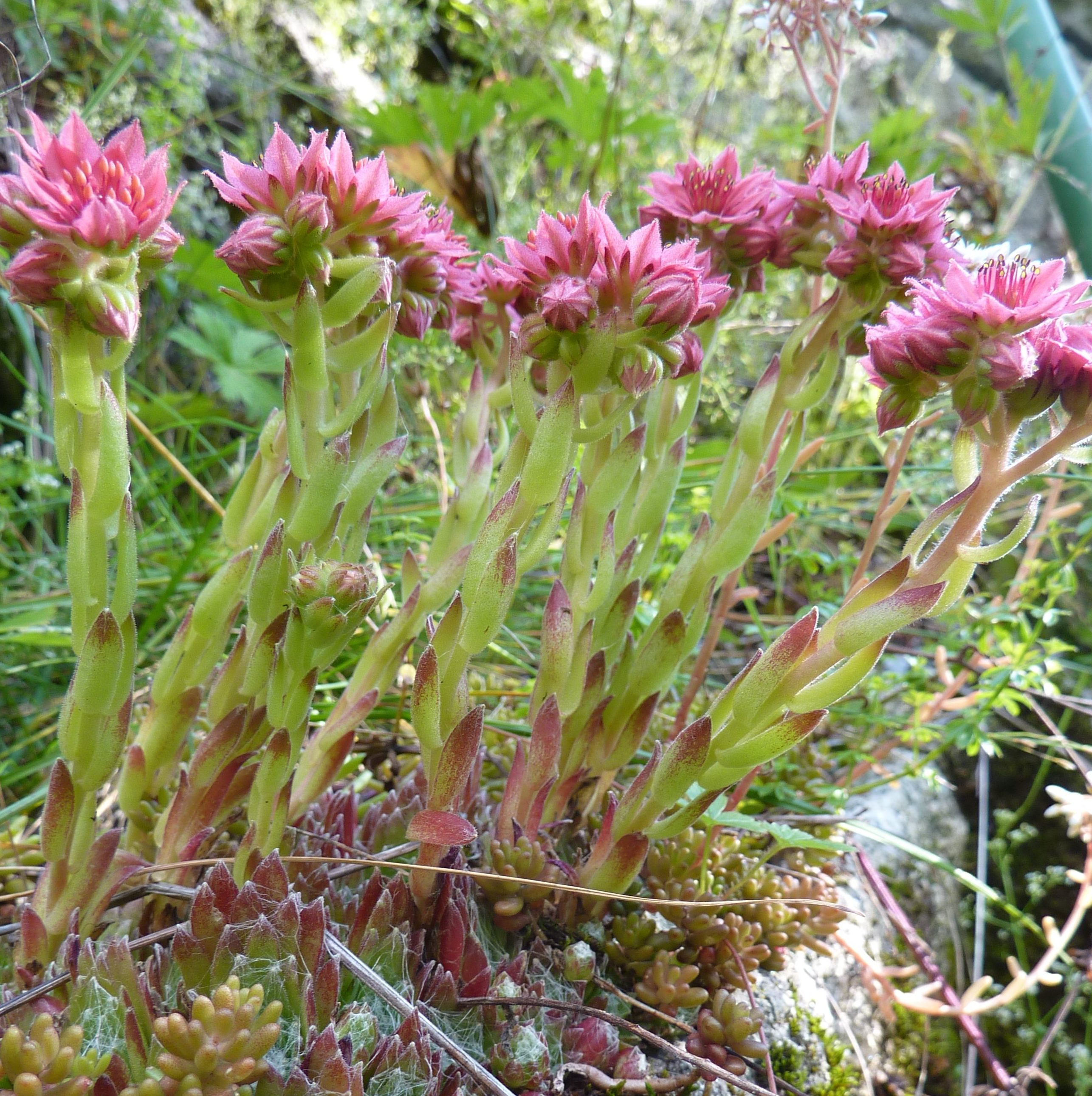The natural parks of Val di Sole
50% of the Val di Sole territory is protected: this makes the valley a real green oasis in Trentino which, through its population, is committed to protecting and respecting the environment as well as safeguarding its biodiversity.
Why is half of its territory protected? Because the valley is immersed in both the Stelvio National Park and the Adamello Brenta Nature Park. Also in the middle is the Noce River with its Alto Noce River Park.
Both parks are characterized by a variety of alpine environments: coniferous forests, high altitude pastures and peaks with perennial glaciers. They have a variety of protected plants and flowers, minerals and animals including deer, roe deer, chamois, marmots. In particular, the Stelvio Park boasts the presence of specimens of eagles and bearded vultures and the Adamello-Brenta Park is the only Alpine area where bears survive.
The Stelvio National Park
The Stelvio National Park develops around the Ortles-Cevedale mountain group, between Lombardy, the provinces of Trento and Bolzano, also embracing the valleys of Rabbi and Peio. The Park is the largest protected area in the entire Alpine arc, and one of the largest in Europe.
Here you will find dense coniferous woods, crystal clear waters of streams and lakes, perennial snows that paint the enchanting landscapes of the Park. In every season, the valleys of Rabbi and Peio offer unforgettable colours: the silent white of winter, the brilliant green of spring, the turquoise of the alpine lakes in summer and the red of the foliage in autumn.
In the Park you can admire the luxuriant nature that lives in harmony with the historic human presence. On these mountains where wars were fought, peace now reigns, with shelters and glaciers covering the peaks of the Cevedale group (3769 m), the highest mountain in Trentino.
The Stelvio National Park, one of the oldest natural parks in Italy, was established in 1935 to protect the natural beauty of the Ortles and Cevedale mountain group.
Vast panoramas where deer, ibex, chamois and roe deer find uncontaminated spaces in which to take refuge, while the golden eagle soars majestically in the clear sky. During your trekking, you can stop in the open huts, where you can taste cheese and fresh butter, or visit mills, forges and sawmills and immerse yourself in thermal waters, rich in minerals.
In Rabbi you can climb 700 steps between 23 500-year-old larch trees or admire the Saent waterfalls and then go down to the Rabbi Fonti visitor center.
From Pejo, you can access the “three thousand” of the Viòz, or browse the visitor center of Cogolo, in the Pejo Fonti wildlife area or the dairy where the Casolét cheese, a Slow Food presidium, is born.
The protected area in the Trentino part is easily accessible and can be visited at any time of the year. For information, organizational needs and reservations, we advise you to contact the Information Centers or the headquarters of the Stelvio National Park in Cogolo di Peio. During your visit to the National Park, expert and professional guides will be happy to be at your disposal for any curiosity, doubt or advice.
For accompanied trekking and naturalistic excursions to discover the animals of the Park, you can contact Ursus Adventures, a center specialized in quality outdoor experiences.
The Adamello Brenta Natural Park
The Adamello Brenta nature park is, on the other hand, the largest protected area in Trentino and includes the Brenta dolomitic group to the east and part of the Adamello-Presanella granite massif to the west, where some of the most important glaciers of the Alps still survive . In Val di Sole, the Adamello Brenta park touches the municipalities of Dimaro Folgarida and Commezzadura.
The Brenta mountain group is part of the Dolomites which were recognized as a World Heritage Site by Unesco in 2009, for their unique landscape and for their scientific relevance.
Here you will find 1300 different species of plants and flowers, numerous large and small wild animals, glaciers, coniferous forests and many alpine lakes. The Adamello Brenta Natural Park, founded in 1967, has been recognized as a Unesco Global Geopark, thanks to its rare geological and morphological heritage, of great scientific interest.
Its unique stone castles adorned with towers, bell towers, bold spiers and dizzying walls have given it this prestigious recognition. Here the rocks tell of ancient seas. In fact, for millions of years before becoming stone, the sediments accumulated on the shallow waters, which have now disappeared.
The geology of the different rocks bears witness to a history spanning over 350 million years. Very different environments followed one another in the Geopark. In the various geological periods of the past, we have gone from volcanoes to deserts, to arrive from the bottom of crystalline tropical seas up to the current peaks covered by glaciers.
After learning about its history, admiring its high peaks, touching its ancient rock with your own hands, visit the Park on foot. You will be able to enter dense woods, refresh yourself in the impetuous streams and feel at one with nature, breathing clean air and admiring different species of plants and wild animals, such as deer, roe deer, chamois, eagles, ibex and foxes, but also badgers , marmots and white partridges.
The Park offers you many attractions: from Lake Tovel, which once turned red to Val Genova, the crystalline springs of Vallesinella to the panoramic lakes of Cornisello at the foot of Presanella (3558 m), to “fiery” sunsets over the Dolomites.
The park offers a dense network of paths that will allow you to visit it on foot in complete safety and climb to higher altitudes, sometimes even by cable car, to taste traditional dishes and stay overnight in alpine refuges.
The flora
The richness and variety of the flora and vegetation of the Adamello Brenta Natural Park find few comparisons in the entire Alpine Arc. The extraordinary variety of flora is due to the morphological, geological and microclimatic differences of the territory.
About a third of the surface of the Park is covered by woods, which in the lower part consist mainly of deciduous trees. In the mountain plains, on the other hand, there are beech woods and mixed deciduous and coniferous woods.
Further up there is the band of conifers: spruce, larch and stone pine. This occupies the largest forest area of the Park and reaches up to 2000 meters above sea level. The top strip of tree vegetation is made up of larch and stone pine.
Above the treeline, where the trees become sparse, shrubs such as dwarf juniper and rhododendron can be found. Going up, there are dwarf shrubs such as the Alpine azalea, the Alpine germander, creeping willows: all examples of adaptation to the particular conditions and harsh climate of the high altitudes.
The glaciers
The Adamello Brenta Natural Park today includes the largest glacial surface in Trentino, counting 41 glaciers on its territory. In the Brenta Group there are 17 small glaciers. Presanella welcomes 7 glaciers. Despite the retreat, the glaciers still show great grandeur, especially the Mandrone glacier, the largest glacier in the Italian Alps, but also those of Lobbia and Lares.
Glaciers are the extreme remnant of that colossal mass of ice which, between 18,000 and 20,000 years ago, covered all the Alps. At that time only the tops of the highest mountains emerged from the ice cap whose thickness was around 2000m in correspondence of the average Val d’Adige and 1000m in the Garda area.




